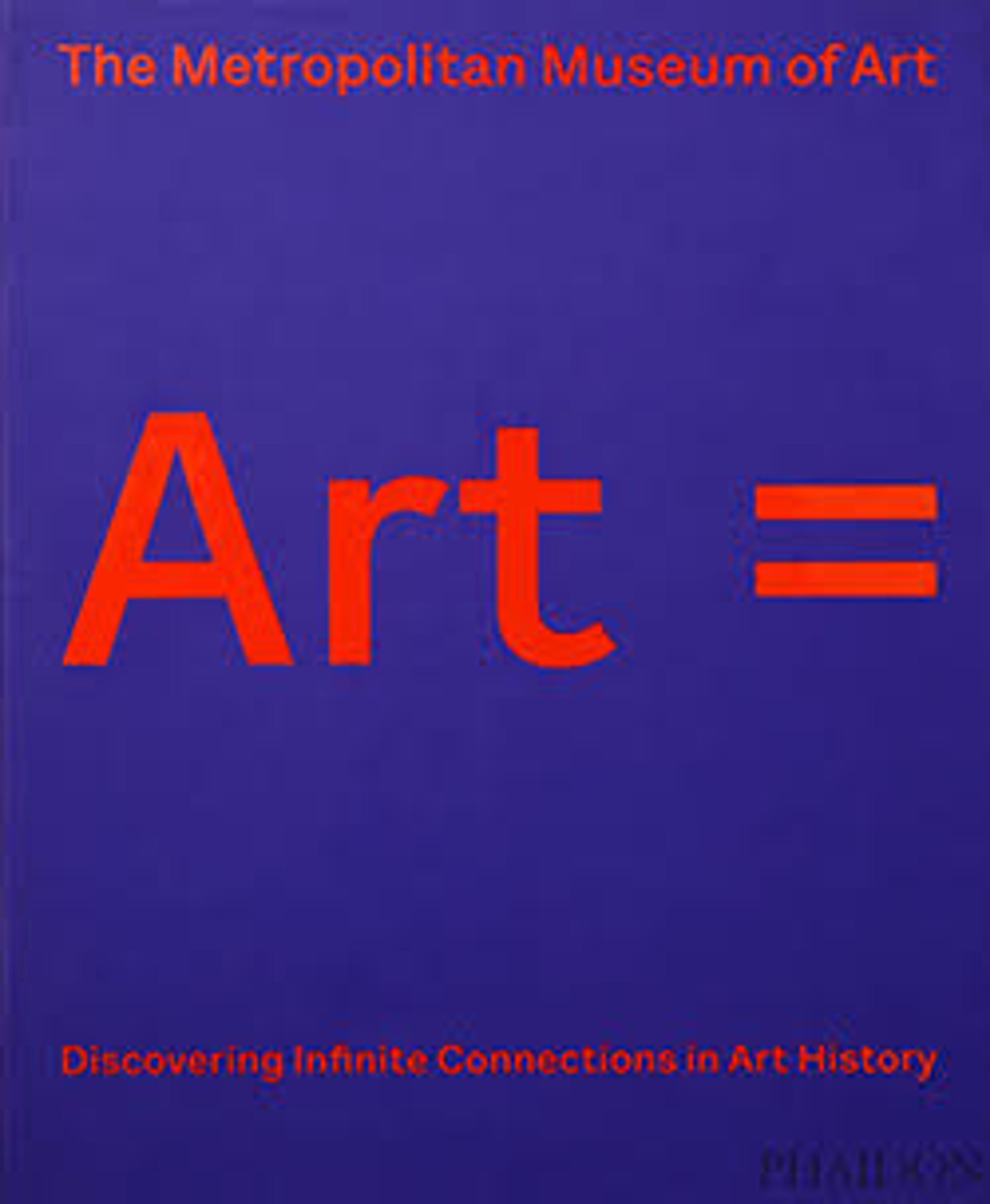Living Aloft
Wen Zhengming painted Living Aloft for his friend Liu Lin (1474–1561), who, at the age of seventy, had retired from government service but had not yet built a home suitable for his new life. Wen's painting presents an idealized vision of life in retirement: separated from the outside world by a stream and a rustic wall, two friends enjoy each other's company in a two-story hall that is further isolated in a tall grove of trees. Wen elaborates on the pleasures of such a life in his accompanying poem:
Immortals have always delighted in pavilion-living,
Windows open on eight sides-eyebrows smiling.
Up above towers and halls well up,
Down below, clouds and thunder are vaguely sensed.
Reclining on a dais, a glimpse of Japan,
Leaning on a balustrade, the sight of Manchuria.
While worldly affairs shift and change,
In their midst a lofty man is at ease.
(After Ling-yün Shih Liu, trans., in Richard Edwards et al., The Art of Wen Cheng-ming [1470–1559] [Ann Arbor: Museum of Art, University of Michigan, 1976], p. 150)
Immortals have always delighted in pavilion-living,
Windows open on eight sides-eyebrows smiling.
Up above towers and halls well up,
Down below, clouds and thunder are vaguely sensed.
Reclining on a dais, a glimpse of Japan,
Leaning on a balustrade, the sight of Manchuria.
While worldly affairs shift and change,
In their midst a lofty man is at ease.
(After Ling-yün Shih Liu, trans., in Richard Edwards et al., The Art of Wen Cheng-ming [1470–1559] [Ann Arbor: Museum of Art, University of Michigan, 1976], p. 150)
Artwork Details
- 明 文徵明 樓居圖 軸
- Title:Living Aloft
- Artist:Wen Zhengming (Chinese, 1470–1559)
- Period:Ming dynasty (1368–1644)
- Date:1543
- Culture:China
- Medium:Hanging scroll; ink and color on paper
- Dimensions:Image: 37 1/2 x 18 in. (95.3 x 45.7 cm)
Overall with mounting: 82 1/8 x 25 1/4 in. (208.6 x 64.1 cm)
Overall with knobs: 82 1/8 x 29 5/8 in. (208.6 x 75.2 cm) - Classification:Paintings
- Credit Line:Gift of Marie-Hélène and Guy Weill, in honor of Wen C. Fong, 2015
- Object Number:2017.327.2
- Curatorial Department: Asian Art
Audio
7608. Living Aloft: Master Liu's Retreat
0:00
0:00
We're sorry, the transcript for this audio track is not available at this time. Please email info@metmuseum.org to request a transcript for this track.
More Artwork
Research Resources
The Met provides unparalleled resources for research and welcomes an international community of students and scholars. The Met's Open Access API is where creators and researchers can connect to the The Met collection. Open Access data and public domain images are available for unrestricted commercial and noncommercial use without permission or fee.
To request images under copyright and other restrictions, please use this Image Request form.
Feedback
We continue to research and examine historical and cultural context for objects in The Met collection. If you have comments or questions about this object record, please contact us using the form below. The Museum looks forward to receiving your comments.
